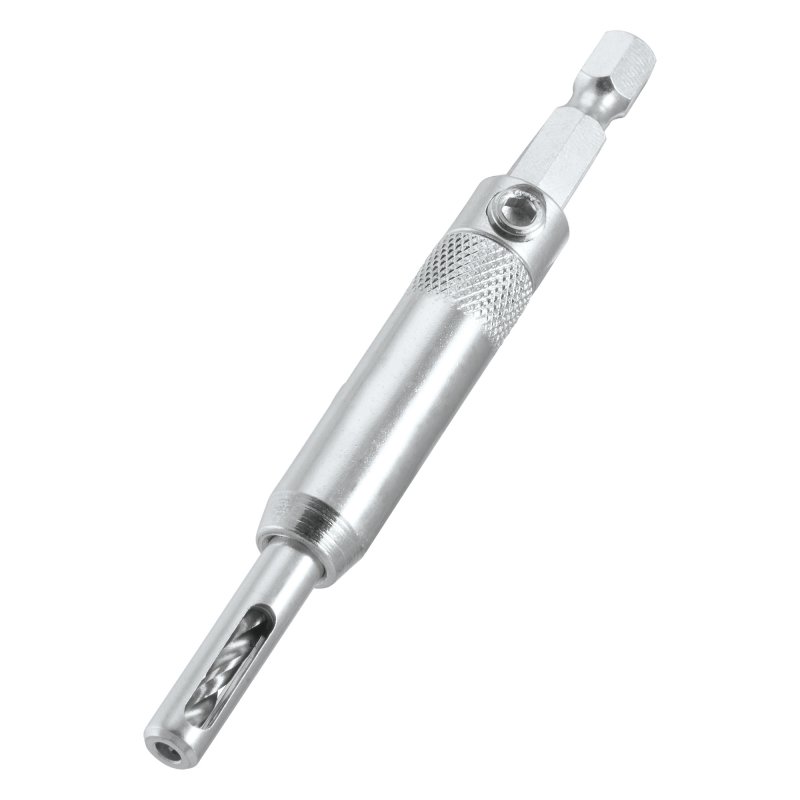Windows
Old Oak
I’ve fitted two butt hinges to a casement I’ve built. The casement is in landscape orientation with hinges on the left so inaccuracies & weaknesses are obvious because of the distance from the far side to the hinges. The bottom of the casement rubs & hits the liner when it shouldn’t.
There are several potential causes:
1. Axis of both hinges not vertical
2. Hinges too weak
3. Casement not square/twisting
4. Liner not square/twisting
I think there are contributions from all (corners of liner and casement are square, but there is some twist over the whole).
I’m going to replace the hinges with better ones which should address any weakness in the hinge. Twist from the liner should come out when installed in its final position (I’m currently working on liner & casement on the bench). I’m going to ignore the twist in the casement itself and assume that fixing the other three issues should be sufficient.
So the question is about installing two hinges reliably. I’ve watched many videos so I understand the essence of what to do. But between marking, chiselling, screwing etc. there’s room for small errors to add up to a small angle which consumes my small gap between casement & liner. (I do have some leeway to increase the gaps or “scribe” the casement, but would prefer not to).
What’s a good way of ensuring & checking that I have the hinges accurately placed before I drill the screw holes? Is it common to have to fill and redrill the holes for hinges during fitting or do you get a good fit first time every time?
There’s rather a dearth of videos showing the installation of two hinges to both sides of the object, so all advice welcome.
There are several potential causes:
1. Axis of both hinges not vertical
2. Hinges too weak
3. Casement not square/twisting
4. Liner not square/twisting
I think there are contributions from all (corners of liner and casement are square, but there is some twist over the whole).
I’m going to replace the hinges with better ones which should address any weakness in the hinge. Twist from the liner should come out when installed in its final position (I’m currently working on liner & casement on the bench). I’m going to ignore the twist in the casement itself and assume that fixing the other three issues should be sufficient.
So the question is about installing two hinges reliably. I’ve watched many videos so I understand the essence of what to do. But between marking, chiselling, screwing etc. there’s room for small errors to add up to a small angle which consumes my small gap between casement & liner. (I do have some leeway to increase the gaps or “scribe” the casement, but would prefer not to).
What’s a good way of ensuring & checking that I have the hinges accurately placed before I drill the screw holes? Is it common to have to fill and redrill the holes for hinges during fitting or do you get a good fit first time every time?
There’s rather a dearth of videos showing the installation of two hinges to both sides of the object, so all advice welcome.

